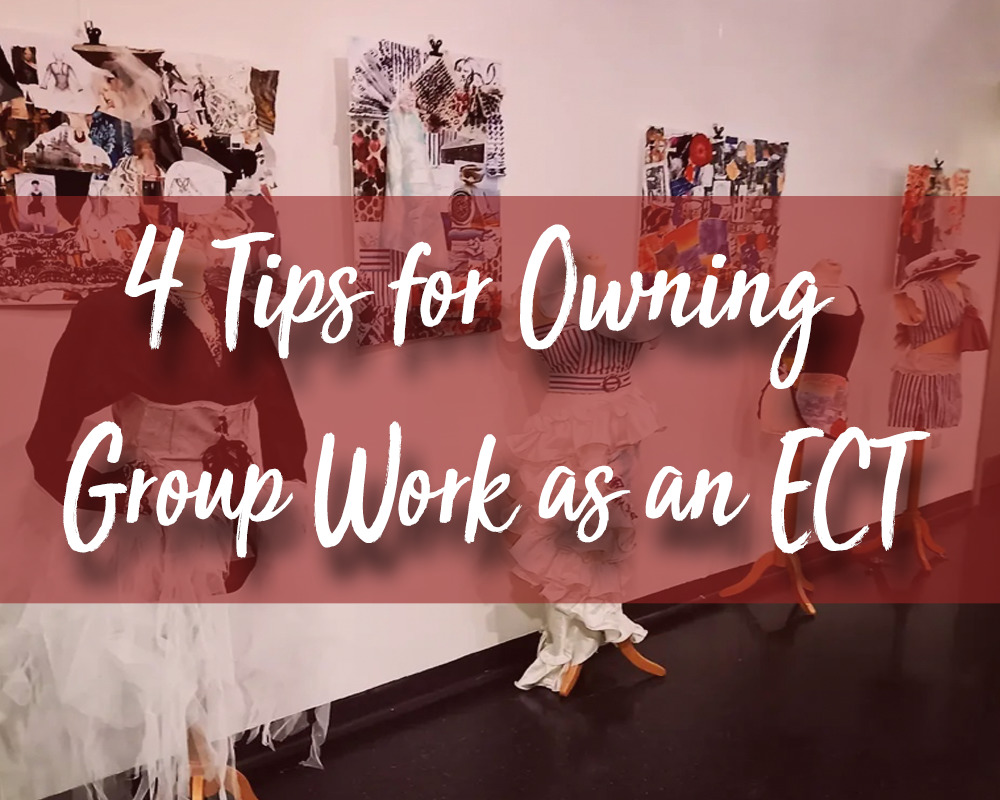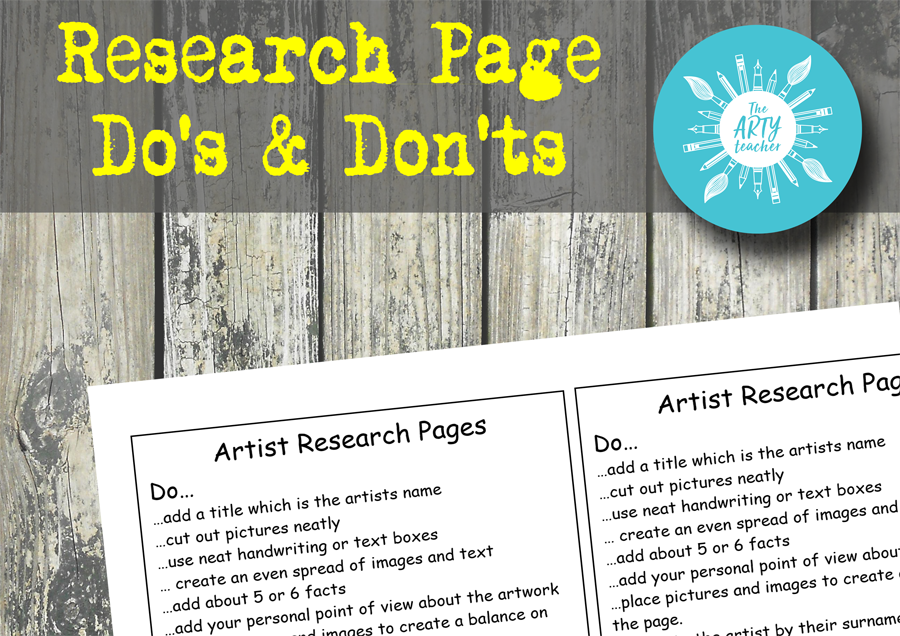
4 Tips for Owning Group Work as an ECT
Group work is a vital tool that encourages the development of confidence, communication and collaboration. However, within Art & Design it can be challenging to manifest due to learners having individual projects or pieces. In this blog post, I will share some things that I have found worked well when implementing group work with my current class as an ECT.
Creativity and Ability
As an Art Teacher, I can already imagine that you have lots of creative ideas circling your head! (If not check out The Arty Teachers resources for some inspiration). When establishing group work, ensure that the task suits different levels and encourages learners to work together. Try to create opportunities for different abilities to shine. For example, could there be smaller varied activities to meet the overall goal? Could each learner have a role?
Below, are examples of group projects I’ve set so far this year:
Land Art Projects
Land Art is a great cost-effective art activity. You can take learners to a location in nature (or bring nature to the classroom) and get them to create works inspired by artists such as Andy Goldsworthy. The students must decide together on natural resources, discuss creative decisions and assemble a piece of work together.

Collaborative Typography
Steps:
- Pick a word
- Allocate each learner a letter
- Encourage them to create their assigned letter
- Next, they must collaborate to curate and assemble the letters to create the original word.
Collaborative type is a great opportunity to drop in some theory such as The Elements of Art & Principals of Design. Also, this activity is great for learners who are resistant to group work as they still have their own “piece”.
Recycled fashion design
During induction week at the college, we bravely merged Level 3 Fashion and Level 3 Art. We challenged them to create a piece of fashion inspired by Weston Super Mare using only recycled materials. Each group was given an identical shirt that we rescued from the performing arts bin. As a teacher, I mostly facilitated and instigated smaller activities throughout the week. At the end, I asked the learners to create a presentation to explain their design choices. This also helped with formative assessment.

Choosing Groups
As an ECT, you were probably taught in training to establish your groups prior to the session in order to create a fair playing field for all learners. For example, if you want groups of 3 and two close friends pair up, it will be challenging for the other learner to establish a fair relationship. Furthermore, establishing your groups before the session begins will allow you to create a positive learning environment where everybody feels included.

Relieve the Pressure
It can be a reward to facilitate learning but sometimes it can be hard to let go of the reins you have spent weeks establishing! However, letting go just a little bit can allow you to see just how well you’ve done with your behaviour management so far this term.
Group work is an opportunity for learners to build relationships that will support them throughout their studies, it’s essential that the learners establish trust between their peers to create a positive learning environment where the learners feel valued and supported by other people than you.
Furthermore, taking a step back will allow learners to build up soft skills such as teamwork, leadership and interpersonal skills. It will also allow you to identify learners who may need more encouragement and support.

Clear Deadlines
Group work can feel chaotic, responsive and loud, therefore, it is vital you establish clear deadlines. Also, don’t be afraid to use direct instruction. The learners will be able to work together to further discuss and unpack the task and how they want to tackle it, just make sure it’s clear.
Overall, group working is a beneficial way to establish lasting relationships between learners. It can be challenging but encouraging learners to step out of their comfort zones and work with others will benefit them and you in the long run. It will also benefit you as a teacher as learners are more likely to become open communicators who can self-manage in the classroom.
If you want to see more of what we get up to on my level 3 programme, follow my Instagram.
If you’ve enjoyed this blog post on 4 Tips for Owning Group Work as an ECT, why not register to be kept informed.



